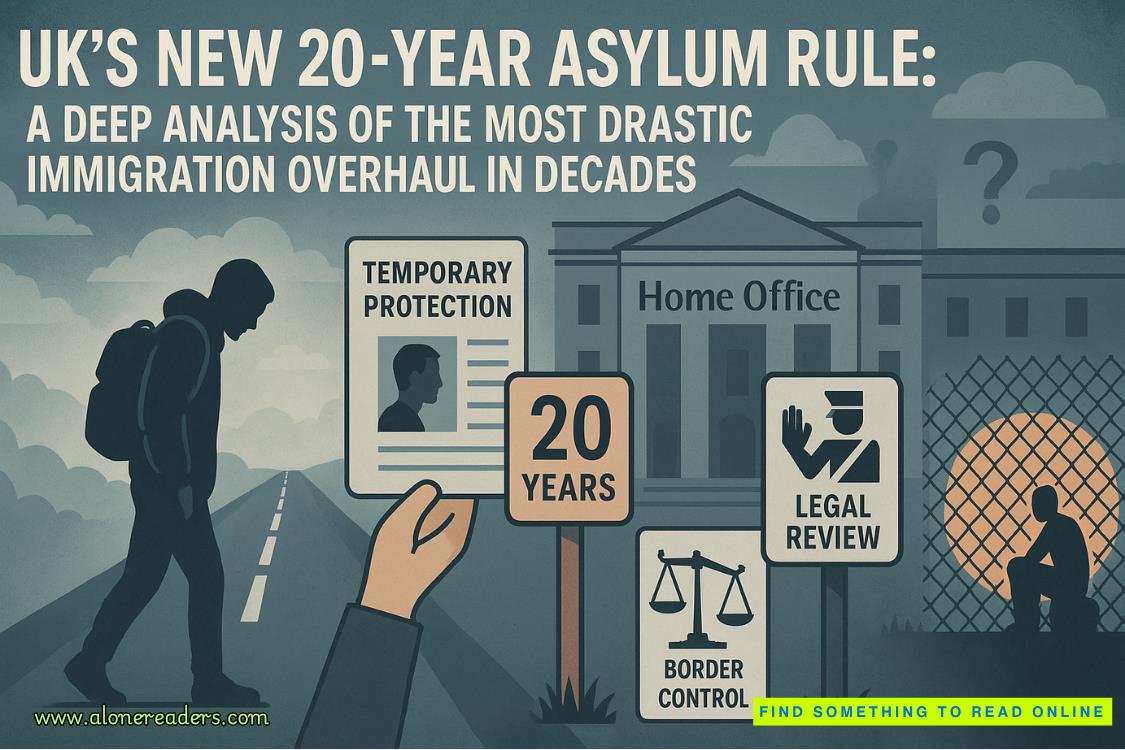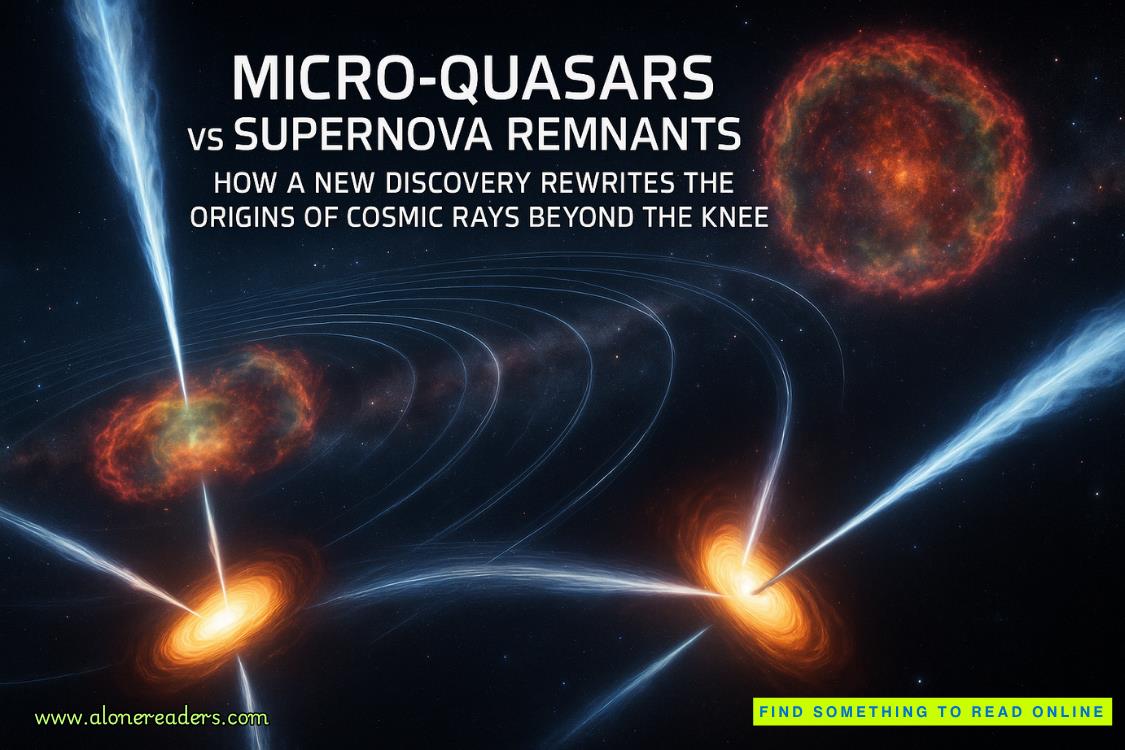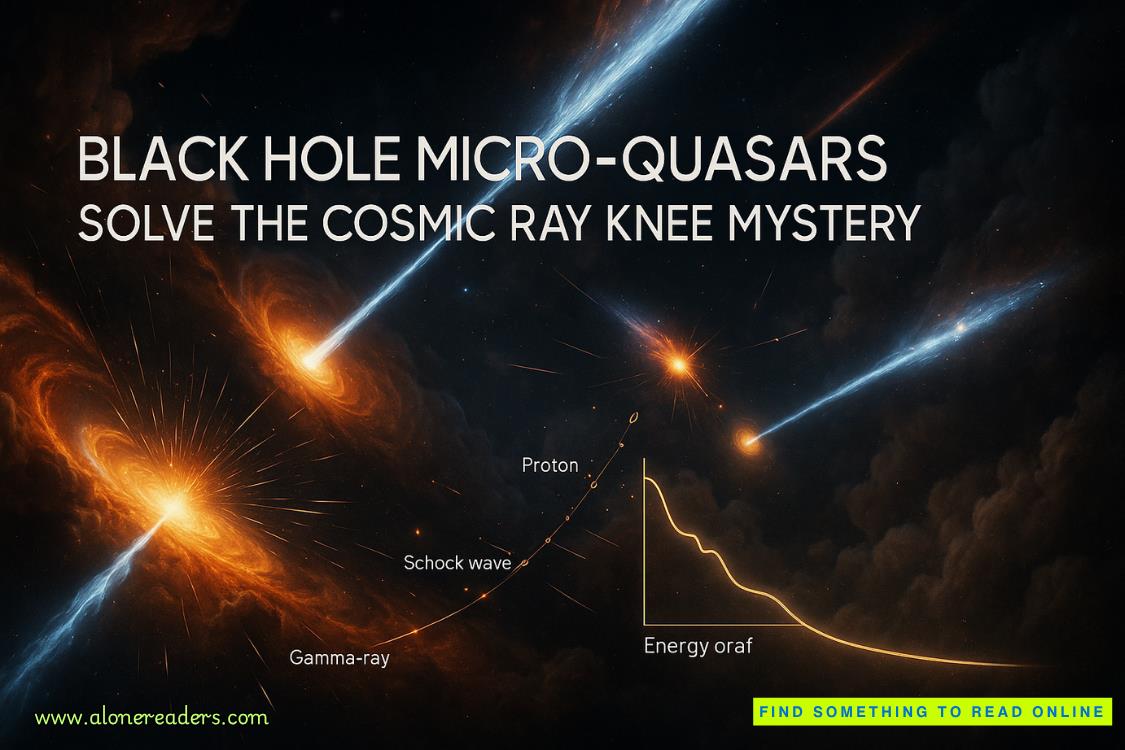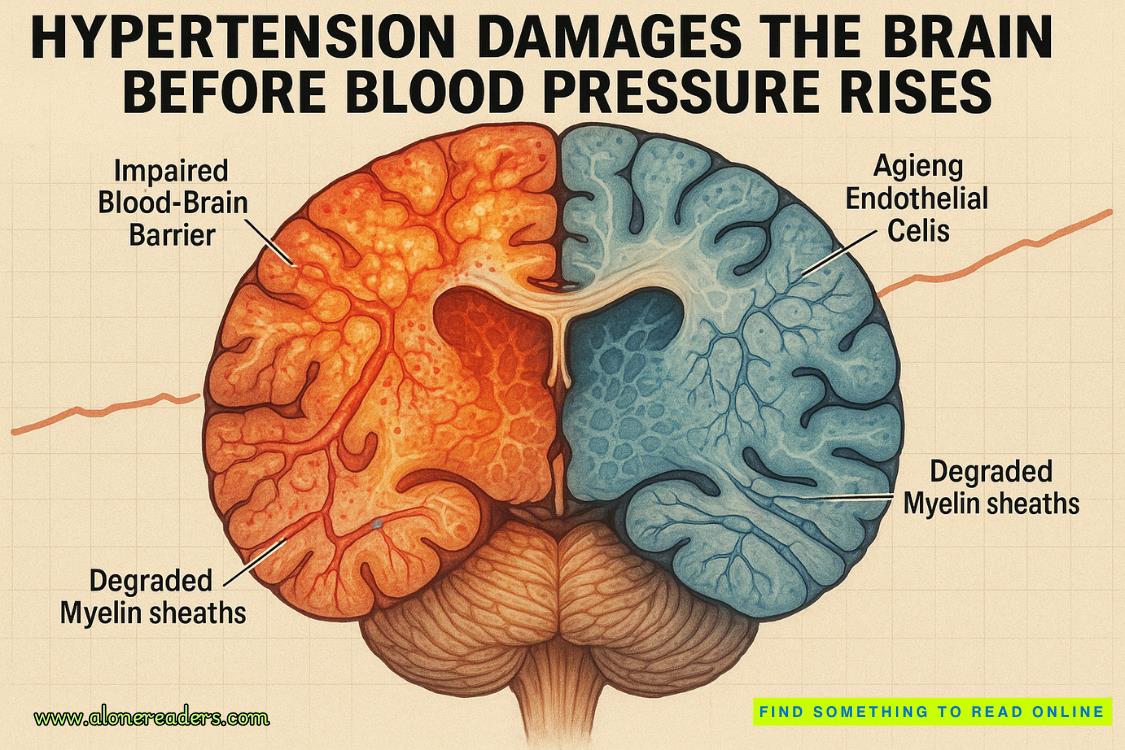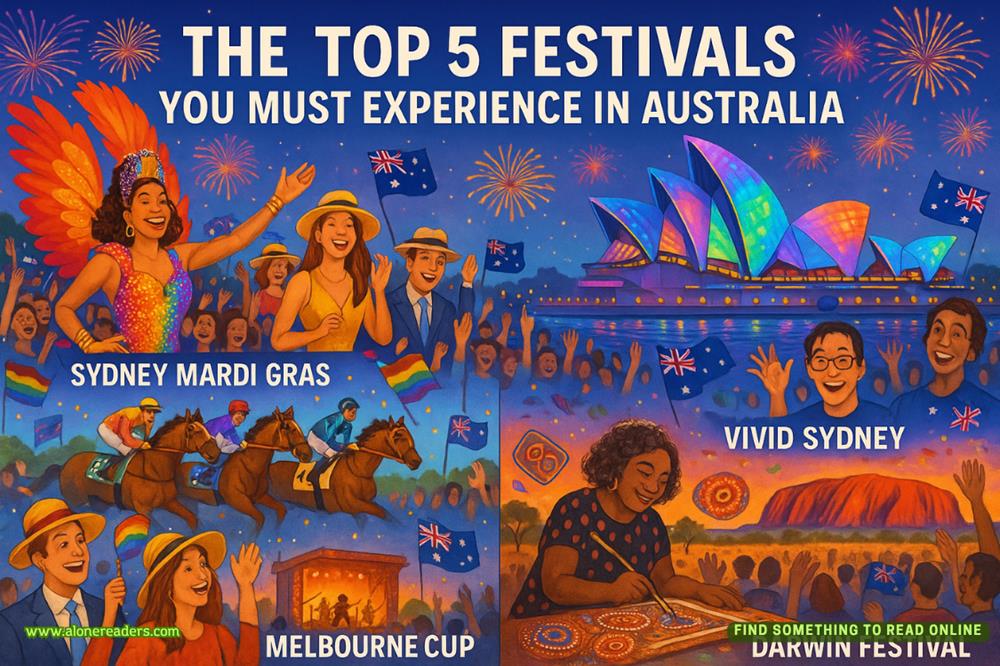Page 24 of Hello Stranger
“You’re right here,” she said, taking my hands and squeezing them before holding them up to show me. “You know these hands, right?”
I nodded.
“Here you are,” she said. “You haven’t gone anywhere.” Then she gave me a hug and said, “But let’s not look in the mirror again for a while.”
She wanted to get down to business. She was organizing some tests for me to take on her laptop. While I waited, a random thought occurred to me: Peanut.
“This doesn’t apply to animals, right?” I asked.
“What?” Dr. Nicole asked.
“I’m suddenly worried that when I get home, I won’t be able to see my dog.”
“You’ll definitely be able to see your dog.”
“His face, I mean,” I said. “I need that face. It’s my primary mood-lifter.”
“I understand,” Dr. Nicole said, attention still mostly on her work.
“This face thingy’s only for human faces, right?”
At that, she paused. “Mostly,” she said, “yes.”
“Mostly?” I asked. “What doesmostlymean?”
“There’s not a lot of research on animal faces. There has been some research on cars, though.”
“Cars?”
“Some people with this condition have trouble recognizing their cars. They can also have trouble with direction. But it hasn’t been studied enough to understand why or how.”
“So…” Somehow this felt like the worst news of all. “You can’t guarantee that I’ll be able to see my dog’s face?”
But she wasn’t going to let me descend into self-pity. “Guarantees are overrated.”
I must have been spoiling for a fight. “Guarantees areunderrated.”
But she didn’t take the bait. “Let’s just take one question at a time.”
DR. NICOLE HADqueued up some facial recognition tests for me to take to see how bad it was. “This’ll give us a baseline,” she said.
The tests—the Glasgow Face Matching Test, the Cambridge Face Memory Test, along with a few others—were all online. She rotated the laptop toward me.
I folded my legs and geared up to begin. I was usually pretty good at tests. But I would not be acing these.
These tests were hard. Like if you made a kindergartner take the SAT.
Some of them asked you to look at two pictures and decide if theywere the same person or a different person. Some of them asked you to study a set of faces and then find those people later in groups. Some of them showed you famous people with their hair removed. They specifically did not ask if you could name the person—because recalling names is a different brain system. They asked only if you couldrecognizethem.
Could I recognize them?
I could not.
It was all—and I mean this in the fullest sense of the word—nonsense.
From celebrities to presidents to pop icons to Oscar winners, all the faces in all the tests looked totally indistinguishable. I couldn’t tell the difference between Jennifer Aniston and Meryl Streep. I couldn’t tell Sandra Bullock from Jennifer Lopez. It was like looking at pickup-stick piles of facial features. I could tell that these people had faces. I could see the pieces of the faces. I just couldn’t tell what the faces looked like when you put the pieces together.
That feeling you get when you recognize somebody? That little pop of recognition? I looked at hundreds of faces that day, and I never felt it once.
